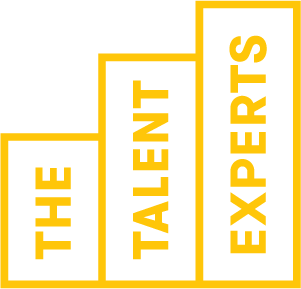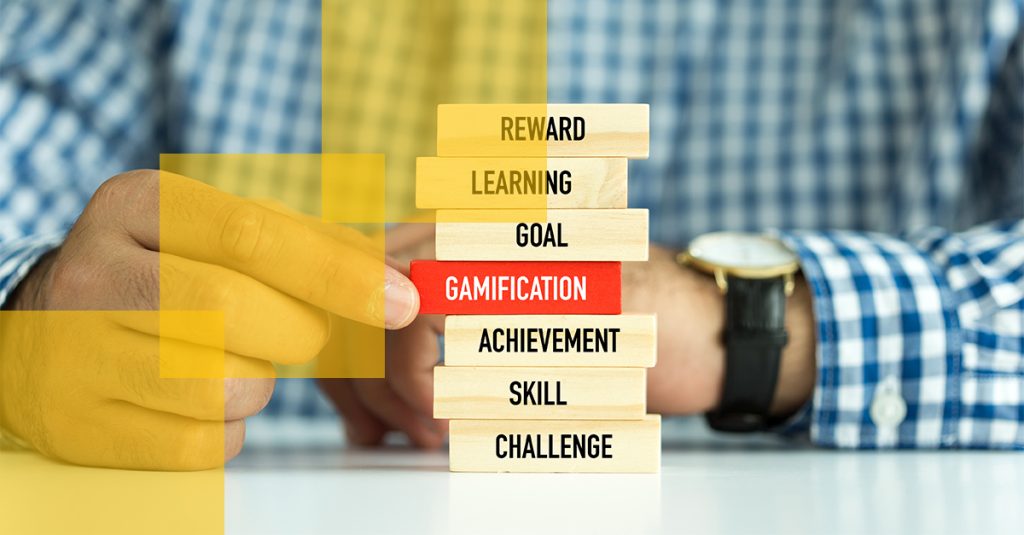The Novelty Effect in the Workplace: Why New Doesn’t Always Mean Better
We’ve all seen it — a new software platform rolls out, and suddenly the team is buzzing with excitement. Productivity spikes, engagement improves, and it seems like the perfect solution has finally landed. But a few months down the line, things start to feel… familiar. The buzz fades, performance dips, and you’re left wondering if the change was ever really effective.
Welcome to the world of the novelty effect.
What Is the Novelty Effect?
The novelty effect is a psychological phenomenon where individuals temporarily improve performance or enthusiasm simply because something is new. In a workplace setting, this can happen with tools, processes, systems, or even leadership changes. The problem? The effect often doesn’t last.
Why It Matters in the Workplace
🚀 1. Short-Term Boost, Long-Term Fade
When a new system or process is introduced, it’s common to see a spike in productivity. People are curious, motivated, and eager to try something different. But without sustained value, that boost usually fades — and employees may return to old habits or lose interest entirely.
📉 2. Overestimating Success
Leadership may misinterpret the initial enthusiasm as proof of long-term success. Decisions get made based on short-term data, overlooking the reality that performance could decline once the novelty wears off.
🔄 3. Change Fatigue Is Real
Repeatedly introducing new tools or processes without clear, lasting value can wear employees down. Change fatigue sets in, and the once-curious workforce becomes resistant to new initiatives — even the ones that could genuinely help.
💡 4. Adaptation Without Integration
Often, changes aren’t fully embedded into everyday workflows. Teams adapt initially, but without continuous support and reinforcement, the new tool or system becomes “just another thing” on the shelf.
So, What Can You Do About It?
If you’re in a leadership or change management role, here are a few ways to mitigate the novelty effect:
- Focus on long-term integration — Pair new tools with proper training and ongoing support.
- Set realistic expectations — Recognise the difference between temporary excitement and sustainable improvement.
- Collect feedback early and often — Don’t wait until performance drops to engage with your team.
- Reinforce the “why” behind the change — Keep the purpose visible, relevant, and tied to team goals.
Final Thoughts
The novelty effect isn’t inherently bad — it can spark momentum and drive innovation. But relying on it without a solid follow-through plan can backfire. The key is turning that initial buzz into lasting impact through thoughtful implementation, continuous engagement, and a genuine understanding of what your team actually needs.
Change is inevitable.
But the way we manage it?
That’s where the real difference lies.

Team Leader Engineering



